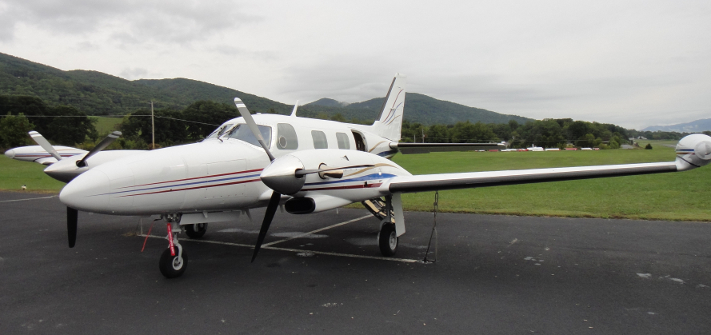Embarking on the journey to become a pilot is an exhilarating endeavor filled with challenges and rewards. Flight training lays the foundation for aspiring aviators, equipping them with the skills and knowledge needed to navigate the skies safely and confidently. In this article, we delve into the world of flight training, exploring its importance, key components, and the path to earning your wings.
Flight training is the gateway to a career in aviation or a lifelong passion for flying. It provides aspiring pilots with hands-on experience in aircraft operation, navigation, and safety procedures. Beyond technical skills, flight training instills discipline, decision-making abilities, and a strong understanding of aeronautical principles.
Key Components of Flight Training:
Ground School: Flight training begins on the ground, where students learn fundamental concepts such as aerodynamics, aircraft systems, weather theory, and aviation regulations. Ground school lays the groundwork for understanding the principles of flight and prepares students for the written exams required for pilot certification.
Flight Lessons: Hands-on flight lessons are the heart of flight training, where students take to the skies under the guidance of certified flight instructors (CFIs). Flight lessons cover a range of maneuvers, including takeoffs, landings, climbs, descents, turns, and emergency procedures. Students gradually progress from basic maneuvers to more advanced skills as they gain experience and confidence.
Simulator Training: Simulator sessions offer a safe and cost-effective way to practice flying in various conditions and scenarios. Flight simulators replicate real-world flight environments, allowing students to hone their skills, practice emergency procedures, and develop proficiency in instrument flying without leaving the ground.
Solo Flight: One of the most memorable milestones in flight training is the first solo flight. After demonstrating proficiency and meeting specific requirements, students are authorized to fly solo, marking a significant step toward earning their pilot certificate. Solo flights allow students to apply their training independently and build confidence as they navigate the skies solo.
Cross-Country Navigation: Cross-country flights are an essential component of flight training, requiring students to plan and execute flights to distant destinations. Cross-country navigation teaches students valuable skills such as flight planning, navigation techniques, airspace awareness, and communication with air traffic control.
The Path to Pilot Certification: Flight training culminates in obtaining a pilot certificate or license, which grants the privilege to fly aircraft within specific limitations. The Federal Aviation Administration (FAA) oversees pilot certification in the United States and offers several types of pilot certificates, including:
- Private Pilot Certificate (PPL): Allows individuals to fly for personal or recreational purposes but prohibits compensation for flying.
- Commercial Pilot Certificate (CPL): Permits individuals to fly for hire and receive compensation for their services.
- Airline Transport Pilot (ATP) Certificate: The highest level of pilot certification, required for pilots seeking employment with airlines and operating large transport-category aircraft.
Flight training is a transformative journey that prepares individuals to take to the skies with confidence and skill. Whether pursuing a career in aviation or fulfilling a lifelong dream of flying, flight training offers a rewarding path to mastering the art of aviation. With dedication, perseverance, and the guidance of experienced instructors, aspiring pilots can soar to new heights and unlock a world of endless possibilities in the skies above.

